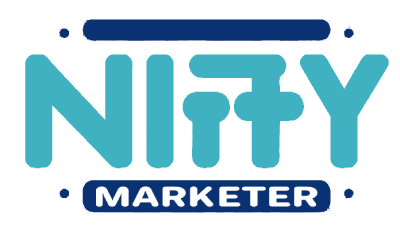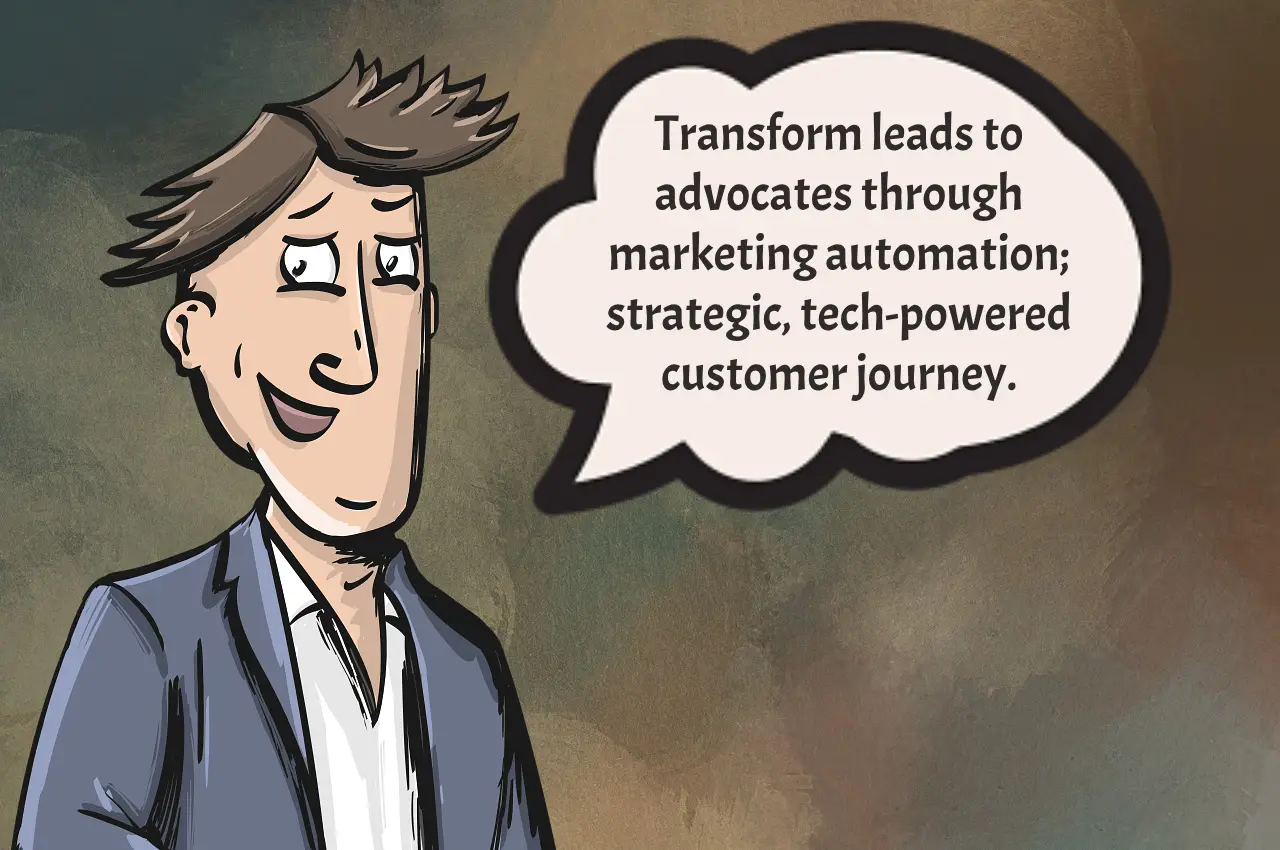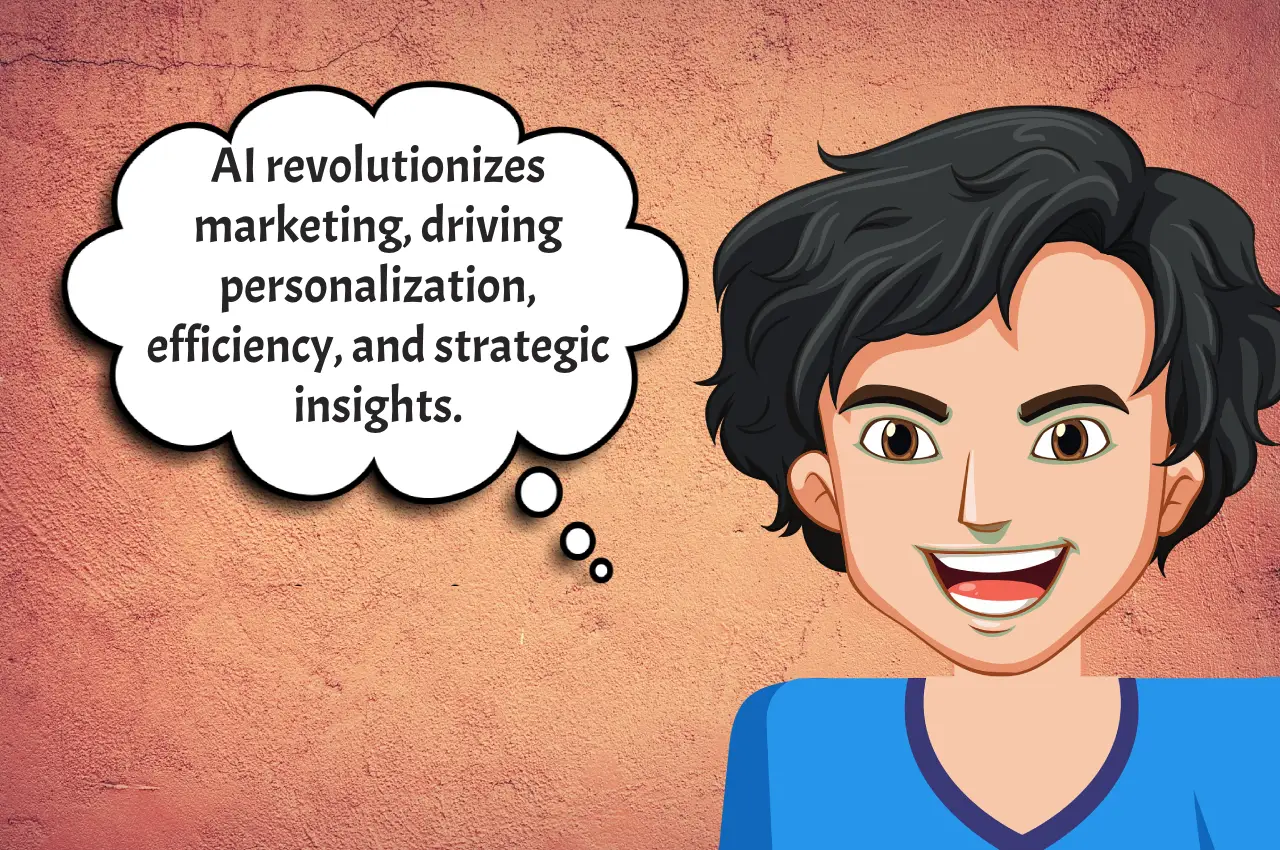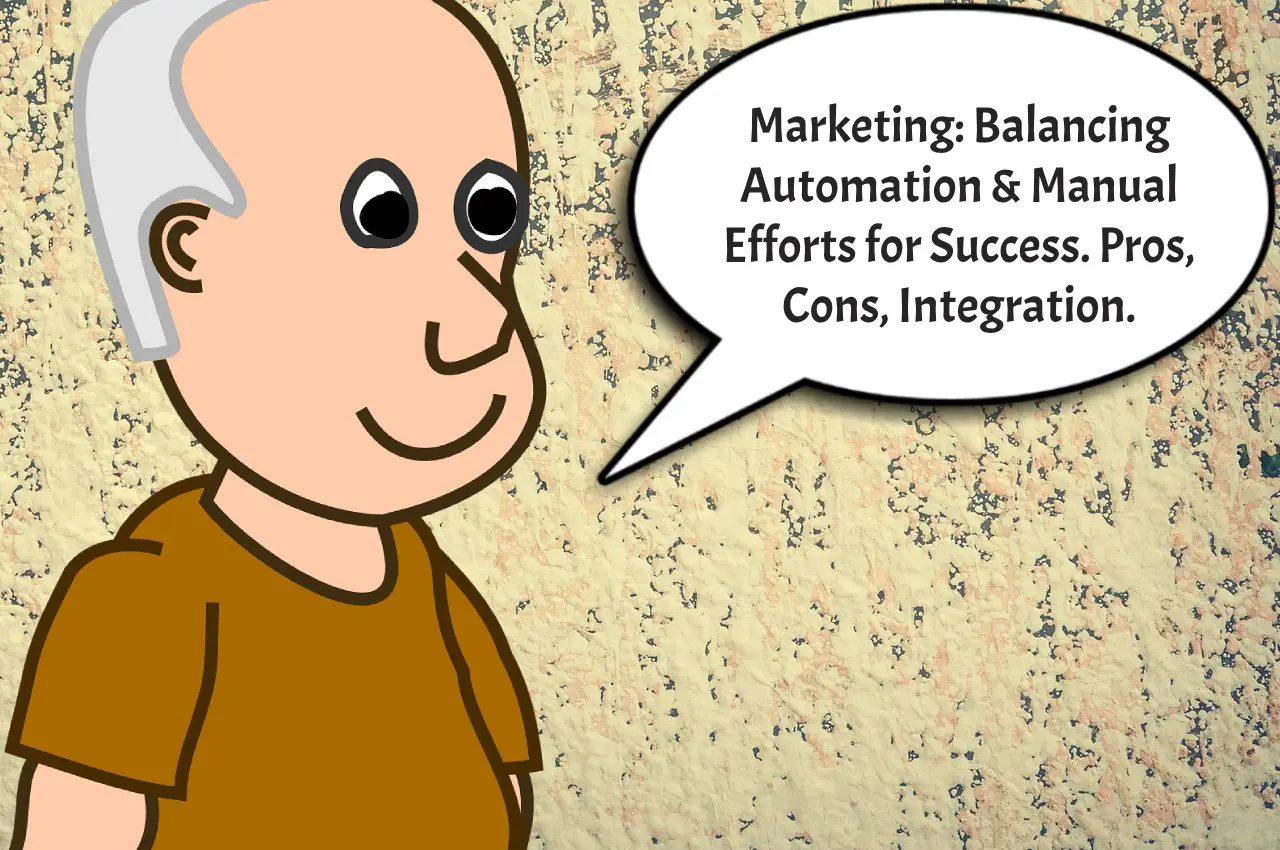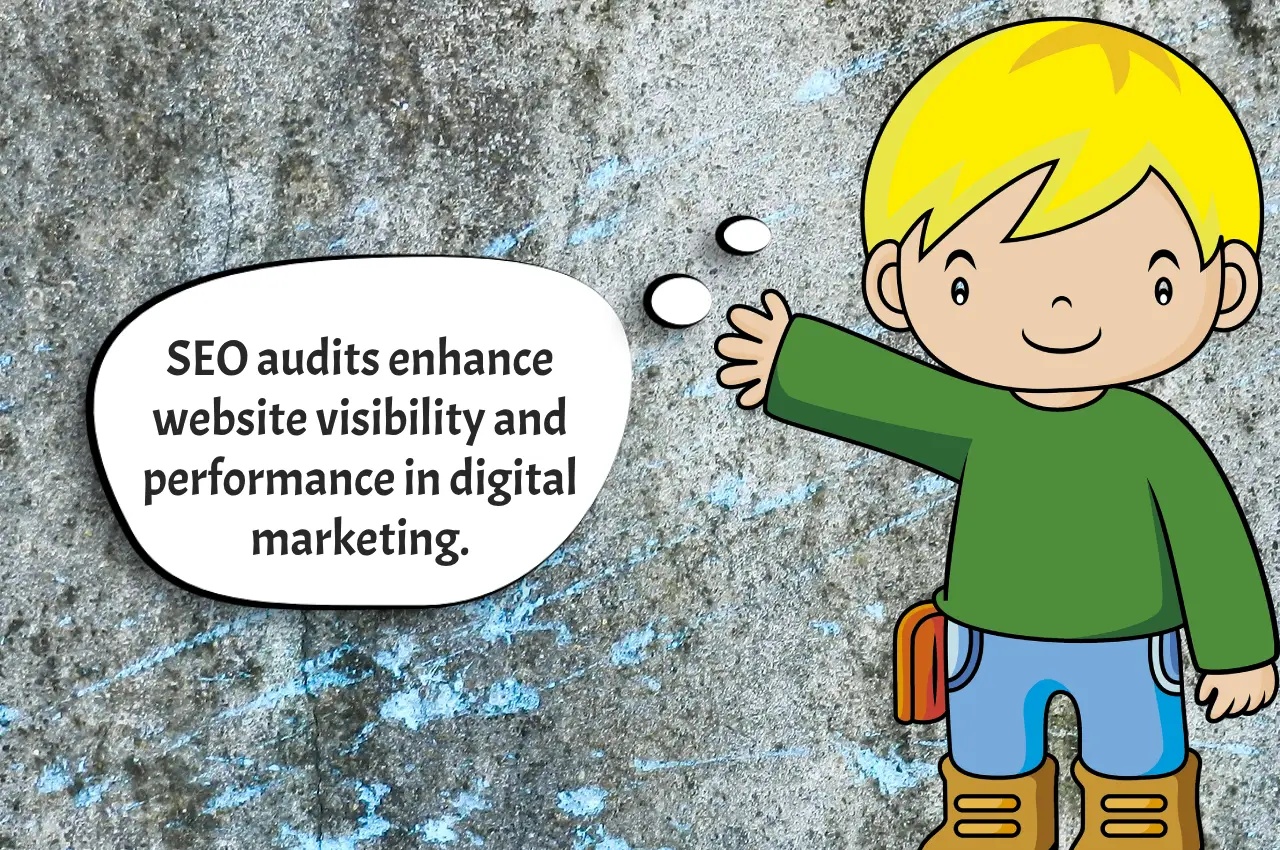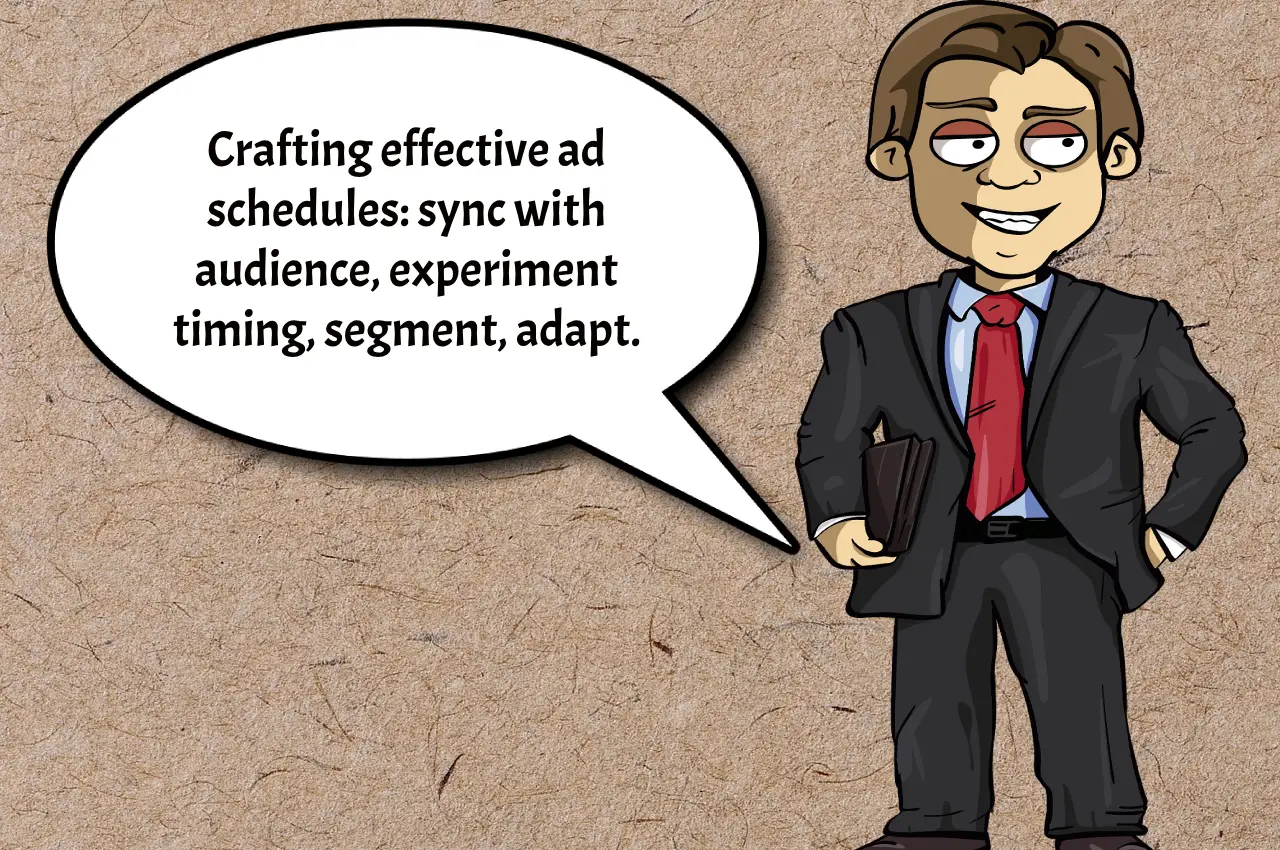In the world of digital marketing, the transformation from potential leads to enthusiastic brand advocates is a journey filled with strategy and technology. This journey, powered by marketing automation, is crucial for businesses aiming to not only increase sales but also foster a community of dedicated supporters.
Decoding the Customer Lifecycle
The customer lifecycle in marketing automation is a strategic guide. It navigates potential customers from their first brand interaction to a point where they become vocal supporters. This cycle is dynamic, with each phase playing a pivotal role in long-term business growth.
Phase 1: Capturing Leads
The initial step is about drawing in leads. This phase is critical for making a strong first impression. Take, for instance, John, who finds an engaging video tutorial from a tech company while searching for smart home solutions. Intrigued, he signs up for a webinar. This scenario exemplifies marketing automation at work, capturing a lead through targeted content.
Phase 2: Lead to Customer Conversion
After acquiring a lead, conversion becomes the focus. Continuing with John’s story, he starts receiving emails tailored to his interests in smart home technology, including product recommendations and customer testimonials. Compelled by a time-limited offer, he decides to purchase. This conversion marks a vital step in the customer lifecycle.
Phase 3: Cultivating Relationships
Post-purchase, it’s essential to nurture the customer relationship. John gets an email thanking him for his purchase, along with tips on maximizing his new smart home device. This ongoing interaction makes him feel more connected to the brand.
Phase 4: Promoting Repeat Purchases
This phase is all about encouraging customers to come back. John, now familiar and satisfied with the brand, receives updates about product enhancements and members-only offers. This consistent engagement increases his chances of becoming a repeat buyer.
Phase 5: Fostering Brand Advocates
The ultimate goal is turning satisfied customers into advocates. John, impressed with the product quality and customer care, starts sharing his positive experiences online and recommending the brand to friends. He becomes an influential advocate, generating new leads for the company.
The Role of Marketing Automation Tools
These tools are crucial for managing the customer lifecycle efficiently. They enable personalized communication on a large scale, ensuring each customer feels individually recognized. Tools range from email marketing software to comprehensive CRM systems, aiding in audience segmentation, automated messaging, and behavior tracking.
Adding a Personal Touch
Remember, the success of marketing automation lies in personalization. It should resonate with the customer’s specific needs and preferences. Brands that excel are those that make their customers feel genuinely valued.
Success Stories in Real Life
Take the example of a local bookstore that implemented marketing automation to enhance its business. They introduced an automated recommendation system based on previous purchases and preferences. Their sales and customer loyalty saw a remarkable increase, as customers appreciated the curated selections.
Navigating Common Challenges
One major challenge in marketing automation is avoiding over-automation. Excessive or irrelevant communication can lead to customer dissatisfaction. Striking the right balance is crucial – using automation to augment the customer experience, not diminish it.
Assessing Lifecycle Success
Various metrics can gauge success in the customer lifecycle. Look at factors like conversion rates, frequency of repeat purchases, overall customer lifetime value, and customer satisfaction scores. Regular evaluation of these metrics is vital for refining your marketing approach.
The Future Landscape of Marketing Automation
The future holds immense potential. With ongoing advancements in technology, particularly AI and machine learning, the scope for even more personalized customer interactions is vast. Envision a marketing approach so bespoke that each customer feels like the only one you’re addressing.
Embracing the Marketing Lifecycle
For marketers and business owners, mastering the customer lifecycle is not just beneficial, but necessary. Effective use of marketing automation can turn casual buyers into devoted brand champions.
We’re eager to hear from you. How has marketing automation influenced your business journey? What obstacles have you faced in turning leads into loyal customers? Share your stories and insights below. Let’s exchange ideas and grow together in this dynamic digital world.
